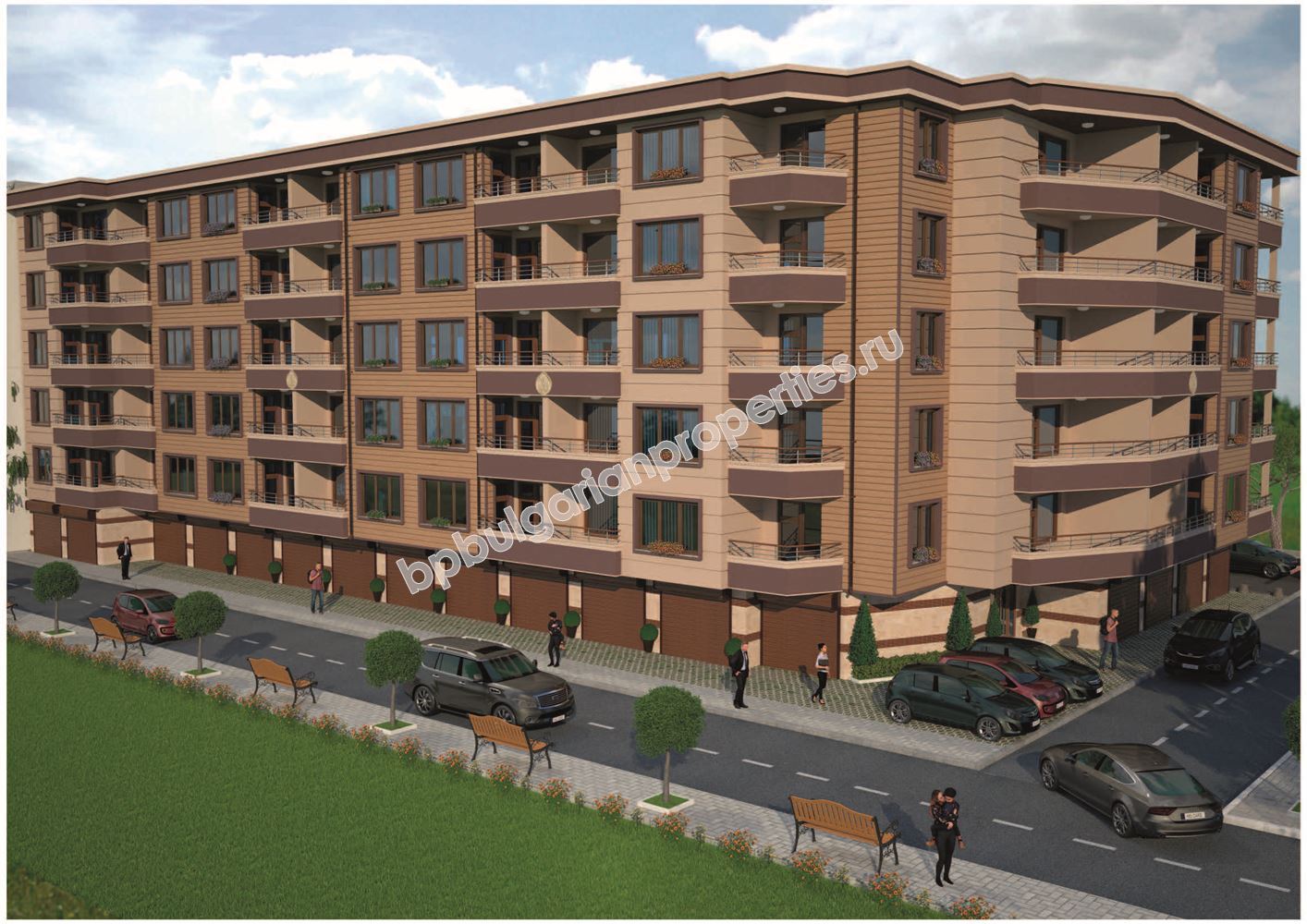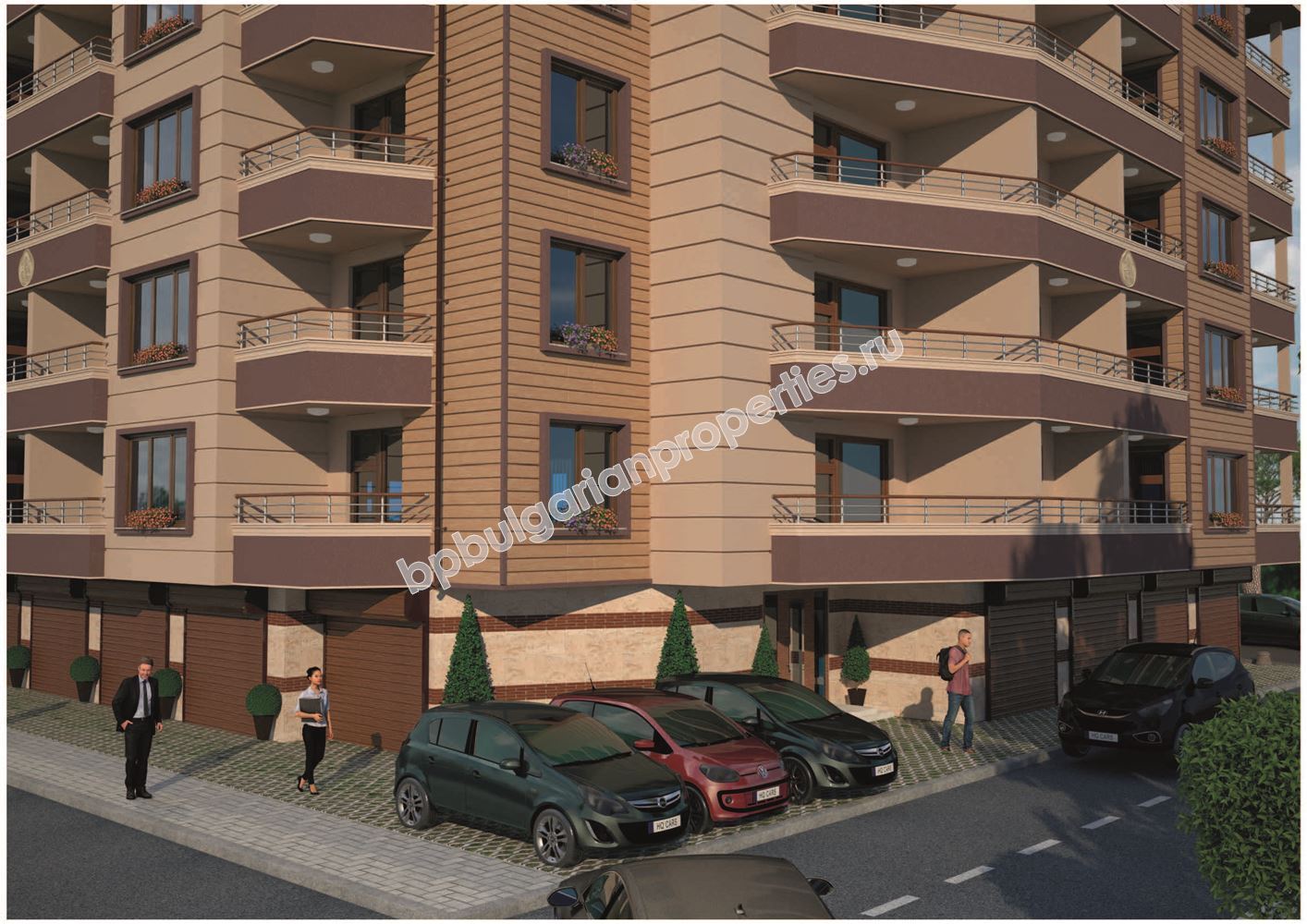New residential building in Pomorie, Old Town
Price: 49 104 €
Property detailsRef. №: 2892
Type of transaction
Property Type
Region Burgas region
Populated location
Map of the area
Similar proposals
Luxury apartments in complex „Sunny Island” in Chernomorets resort
Building |
45 000 €
Apartments for sale at the first line to the beach in Sveti Vlas resort
Building |
50 068 €
Beachfront luxury apartments for sale in the resort Sveti Vlas
Building |
50 000 €
Luxury apartments on the beach for sale near the town of Sozopol
Building |
49 900 €
Luxury residential real estate in Bulgaria. Apartments in a residential building in Pomorie
Building |
52 041 € Property detailsRef. №: 2892
Type of transaction
Property Type
Region Burgas region
Populated location
Map of the area
|
||||||




























 +359 887 84 88 79
+359 887 84 88 79



